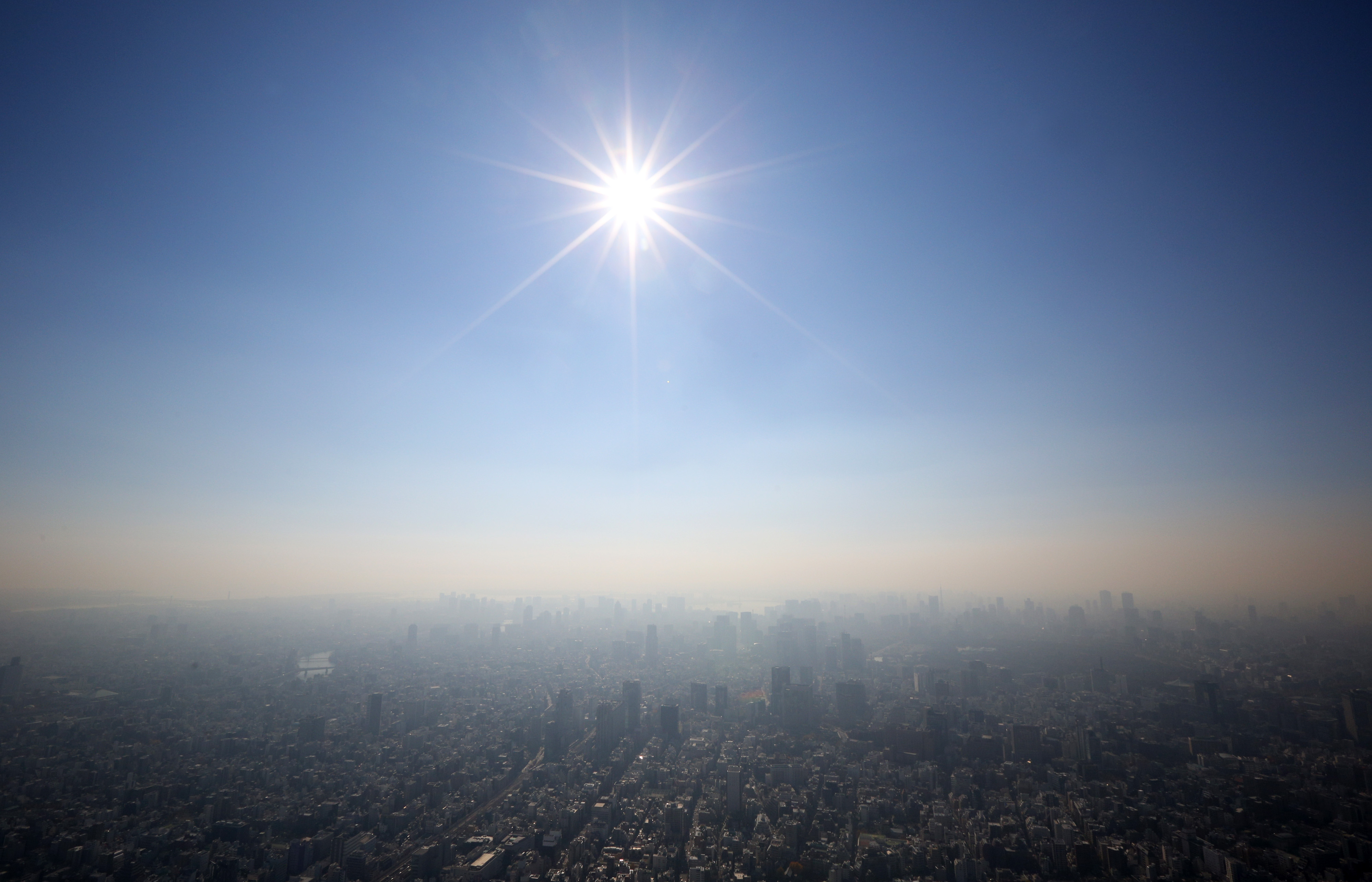A study has found that seven of the nation's utilities lack the transmission network capacity to accept all of the solar power energy that suppliers plan to generate under the feed-in tariff system, the Ministry of Economy, Trade and Industry said Tuesday.
Combined, they can only accept 58 percent of the total, METI said, underscoring a major flaw in the scheme introduced two years ago.
The planned amount already exceeds the network capacities of six of the seven utilities.
METI was looking into the transmission capacities of power companies after five utilities recently placed limits on their clean energy intake, citing network limitations and dealing a blow to the government's plan to increase renewable energy supply following the 2011 Fukushima nuclear crisis.
Under the feed-in tariff system, utilities are obliged to purchase all electricity generated from such sources as solar, wind and geothermal power at fixed rates for a set period.
But the system ran into a roadblock after new suppliers flooded the solar power business, prompting the utilities to suspend signing power-purchasing contracts in September amid fears that overcapacity could cause blackouts.
METI plans to introduce a system that would allow utilities to ask suppliers to be more flexible with their electricity output.
Solar power suppliers have been approved to provide 40.54 million kilowatts of electricity, but the seven utilities — Hokkaido Electric Power Co., Tohoku Electric Power Co., Hokuriku Electric Power Co., Chugoku Electric Power Co., Shikoku Electric Power Co., Kyushu Electric Power Co. and Okinawa Electric Power Co. — can only accept a total of about 23.69 million kw, according to METI.
The failure of the feed-in tariff scheme has brought about confusion in suppliers and local municipalities that have sought to promote renewable energy, including prefectures in northeastern Japan hit by the March 2011 earthquake and tsunami.




